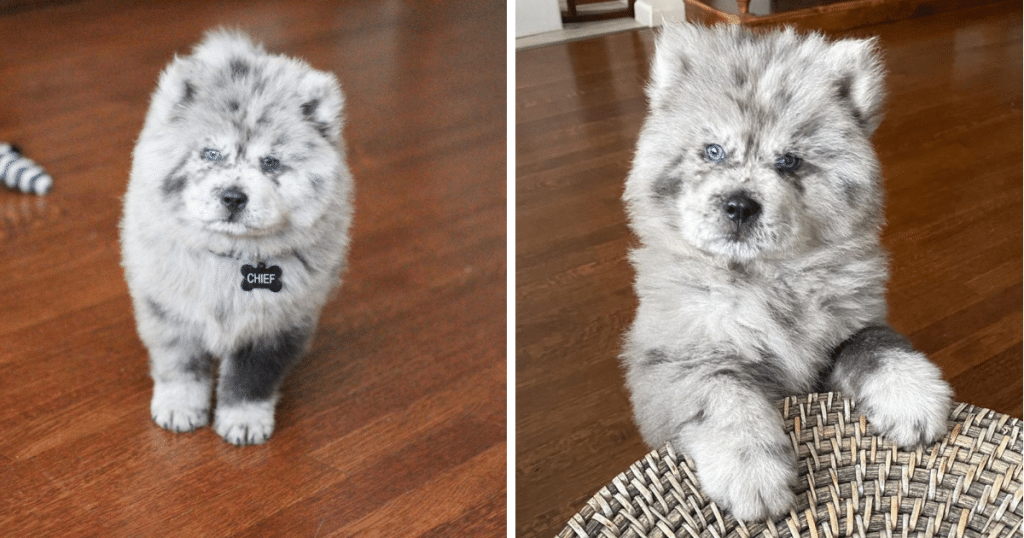Chief is a Chow Chow. But his dark grey speckled coat makes him look exactly like an Oreo McFlurry. He looks so much like the beloved ice cream that his owner, Sarah Hamilton, nicknamed him Oreo Cloud. While Chow Chows are a guardian breed, meaning that they can be aloof with people they don’t know and aggressive when interacting with other dogs, you can’t help but squeal at Chief’s cute face and his adorable fluff.
This cookies ‘n’ cream pupper got famous when Sarah posted his photos on a wonderful Facebook group named Dogspotting Society. People loved him so much and he gained a lot of fans right then and there. You can find more about this sweet bear pup on his own Instagram page at @theoreocloud.
Here are some of our favorite photos of Chief the Oreo Cloud. So scroll on down for some unbearable fluffy cuteness!
1. Chief is so fluffy you could call him an Oreo McFluffy!
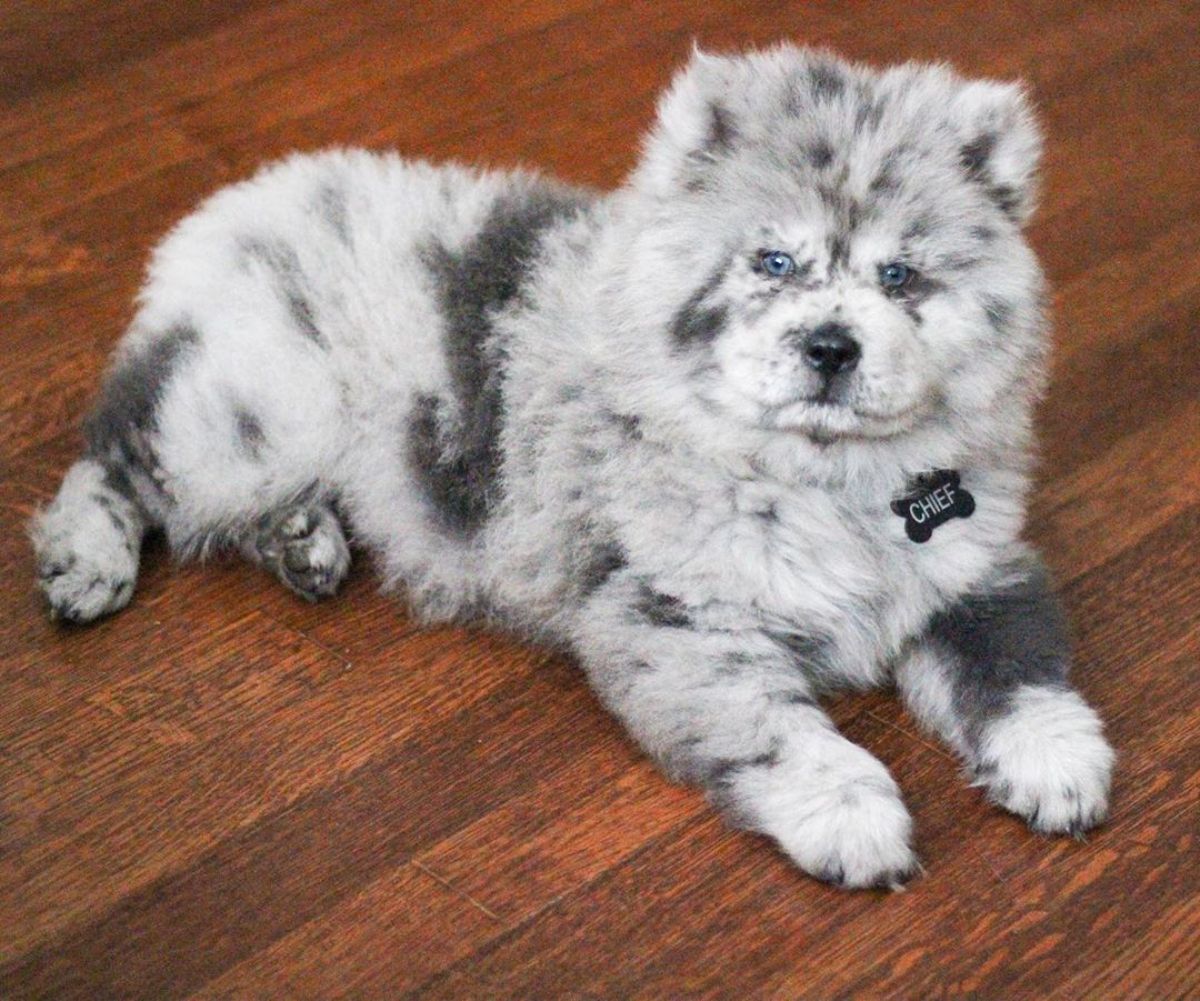
2. He’s got beautiful and gentle bright blue eyes.
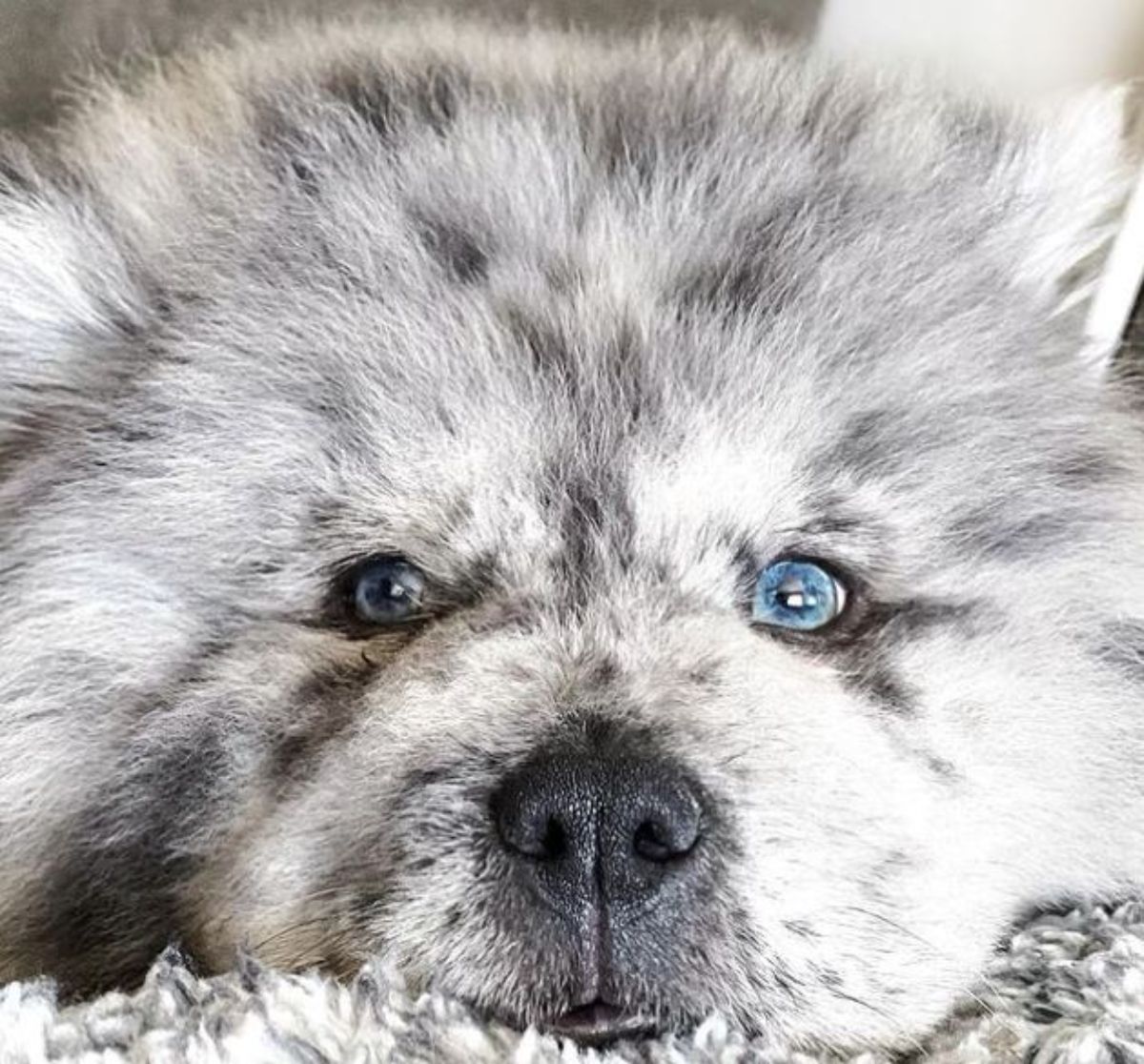
3. He is exceedingly photogenic, as you can clearly see.
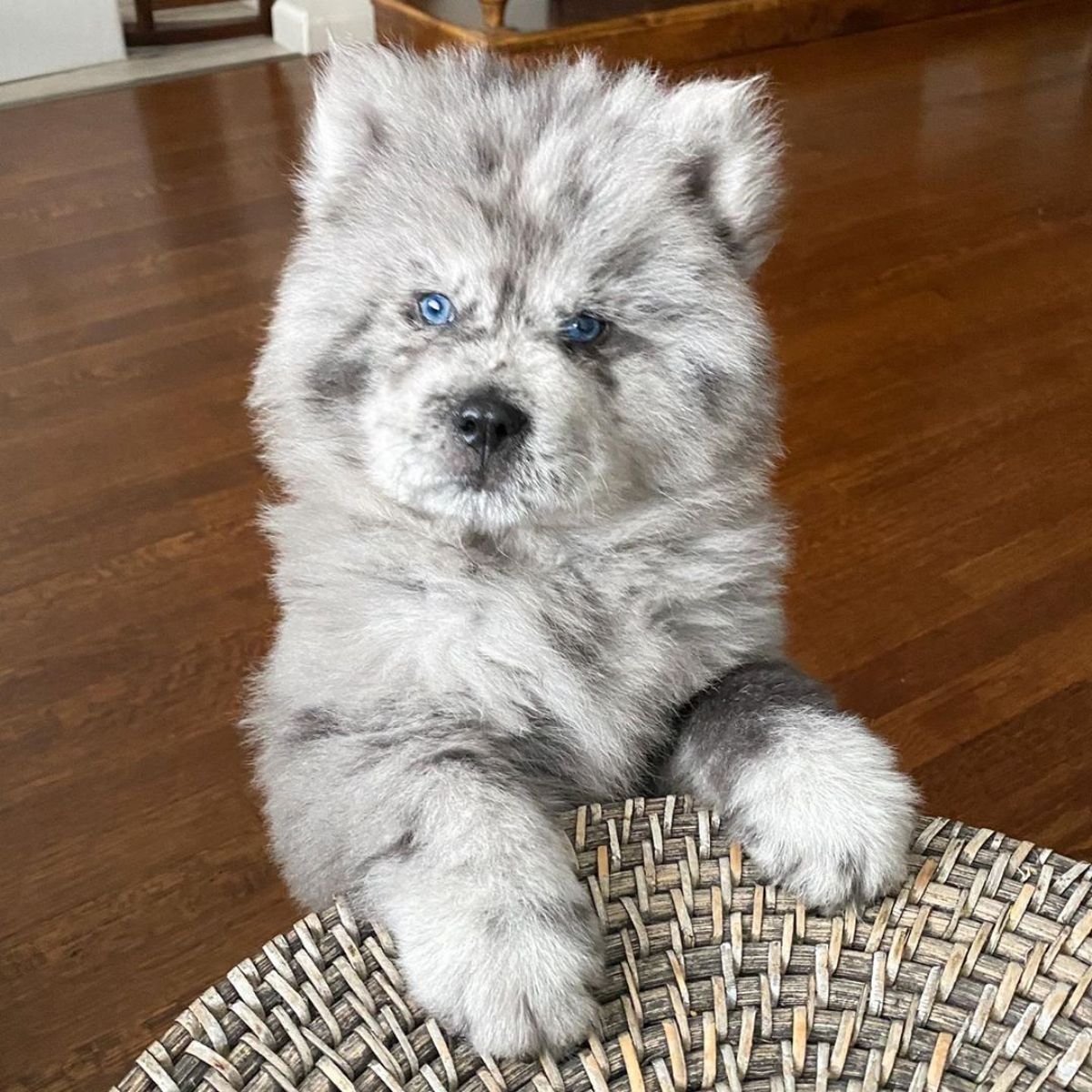
4. He looks a little bit like a bear cub, don’t you think?
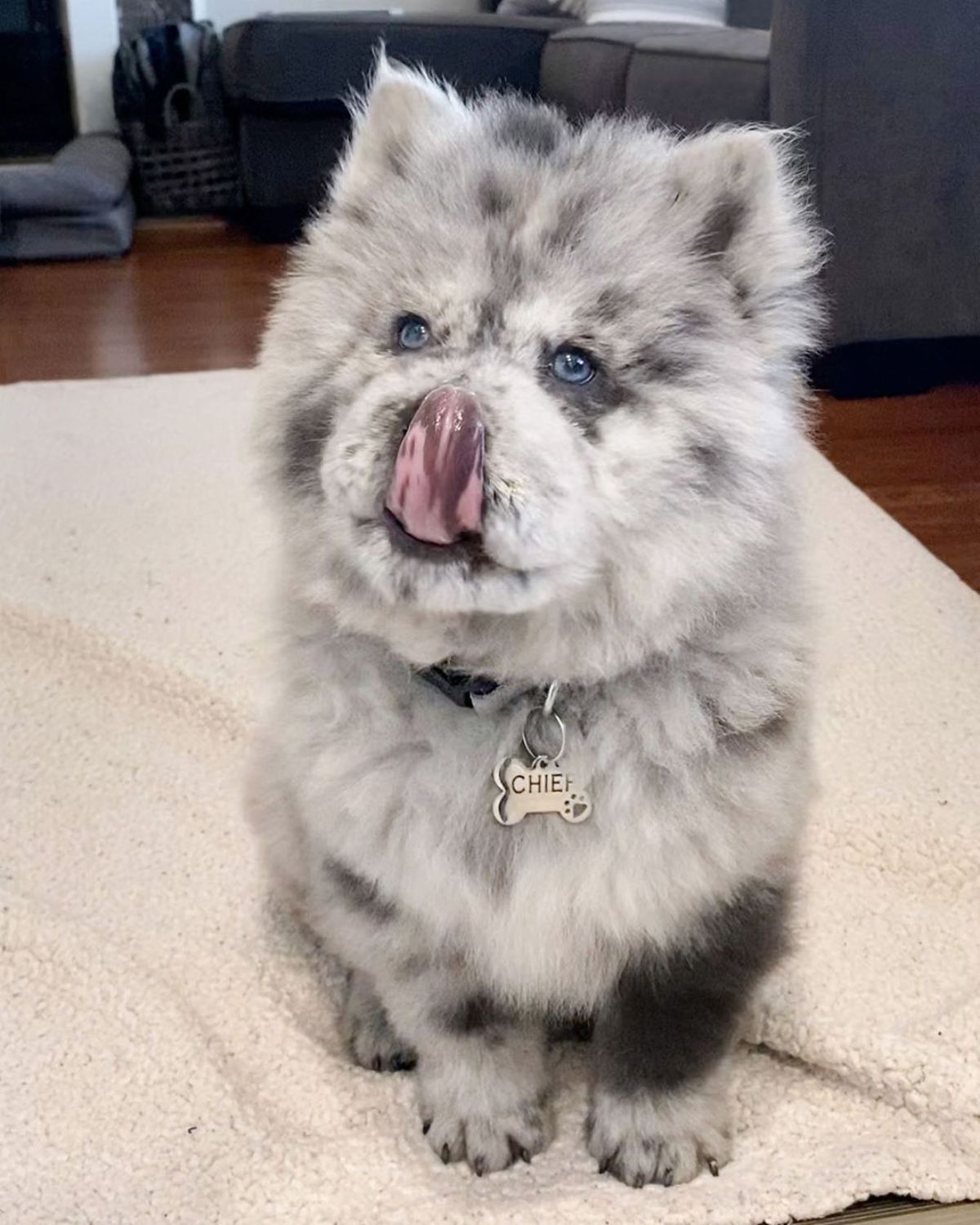
5. Chief loves taking baths!

Sarah and her husband soon found out that Chief loves taking baths and gets super duper jealous if others are taking a bath and don’t invite him. Isn’t that so quirky and adorable?
6. Chief is very loyal and loving with his family.
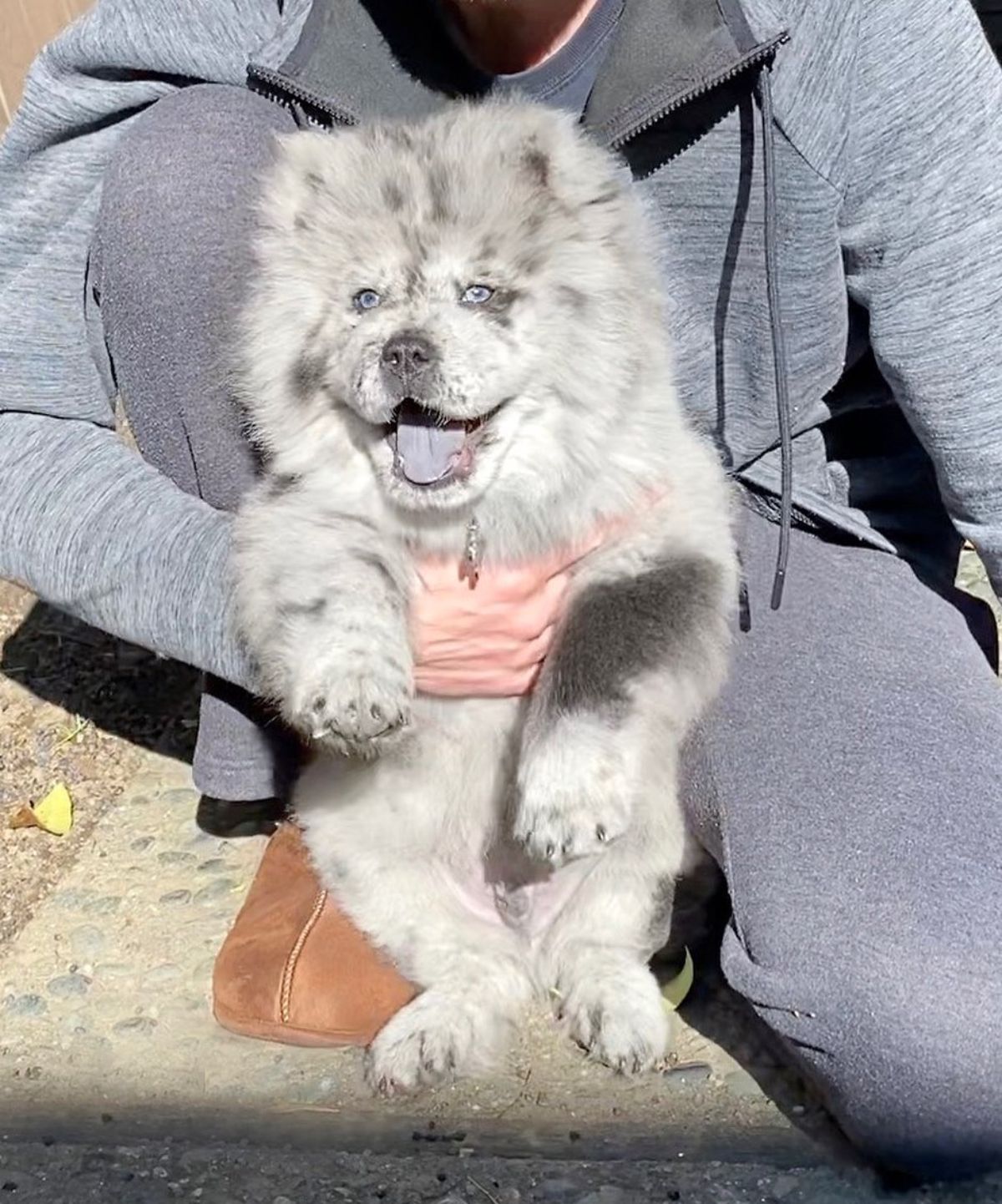
Sure, he looks very small here but did you know that a Chow Chow can grow up to weigh 32 kilograms or 85 pounds! What chonky babies!
7. He’s a big fan of belly rubs!

8. Doesn’t he look like quite the dapper gentleman?
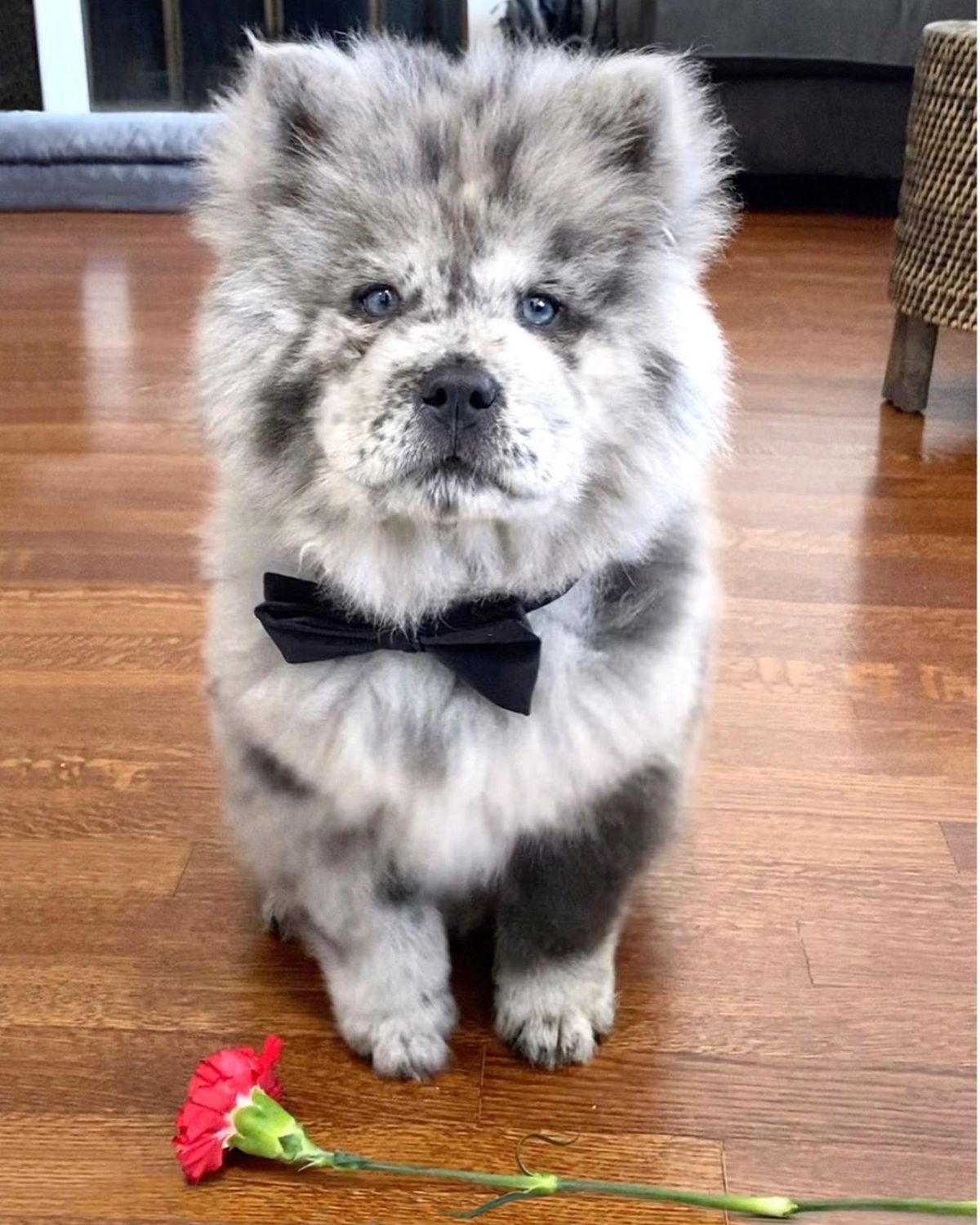
9. He is a very playful pup.
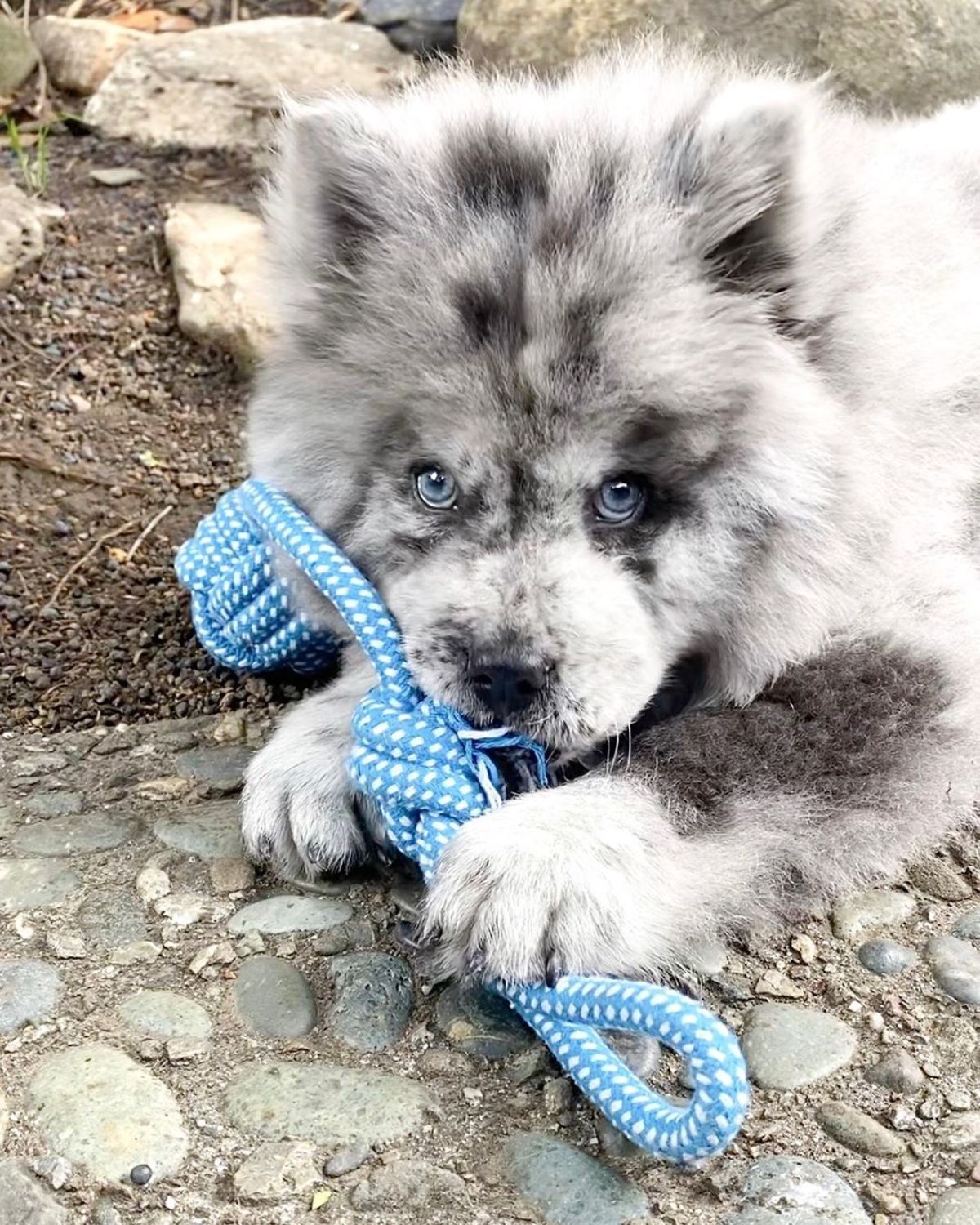
10. Chief really loves his toys!
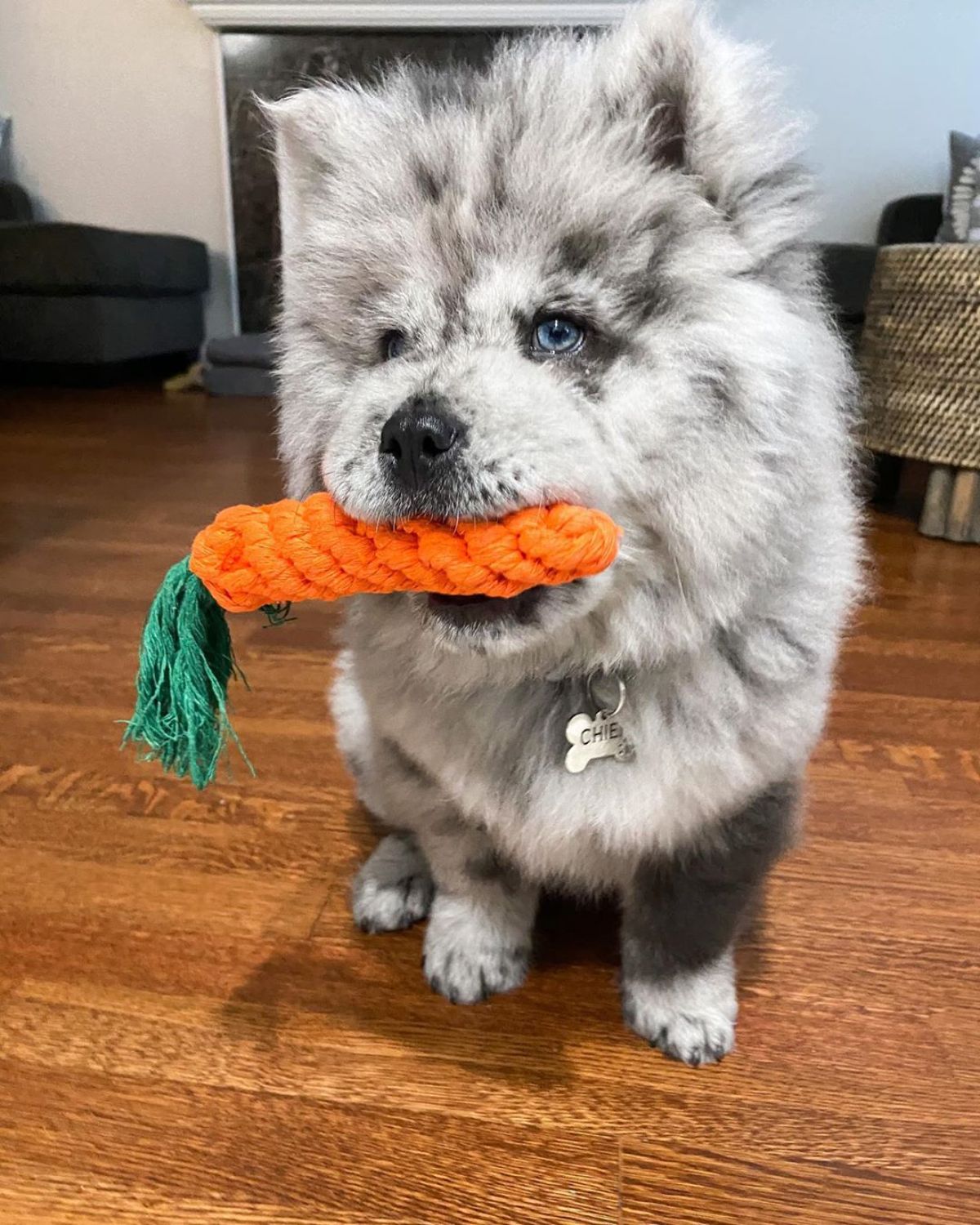
11. But he is also very protective because of his breed.
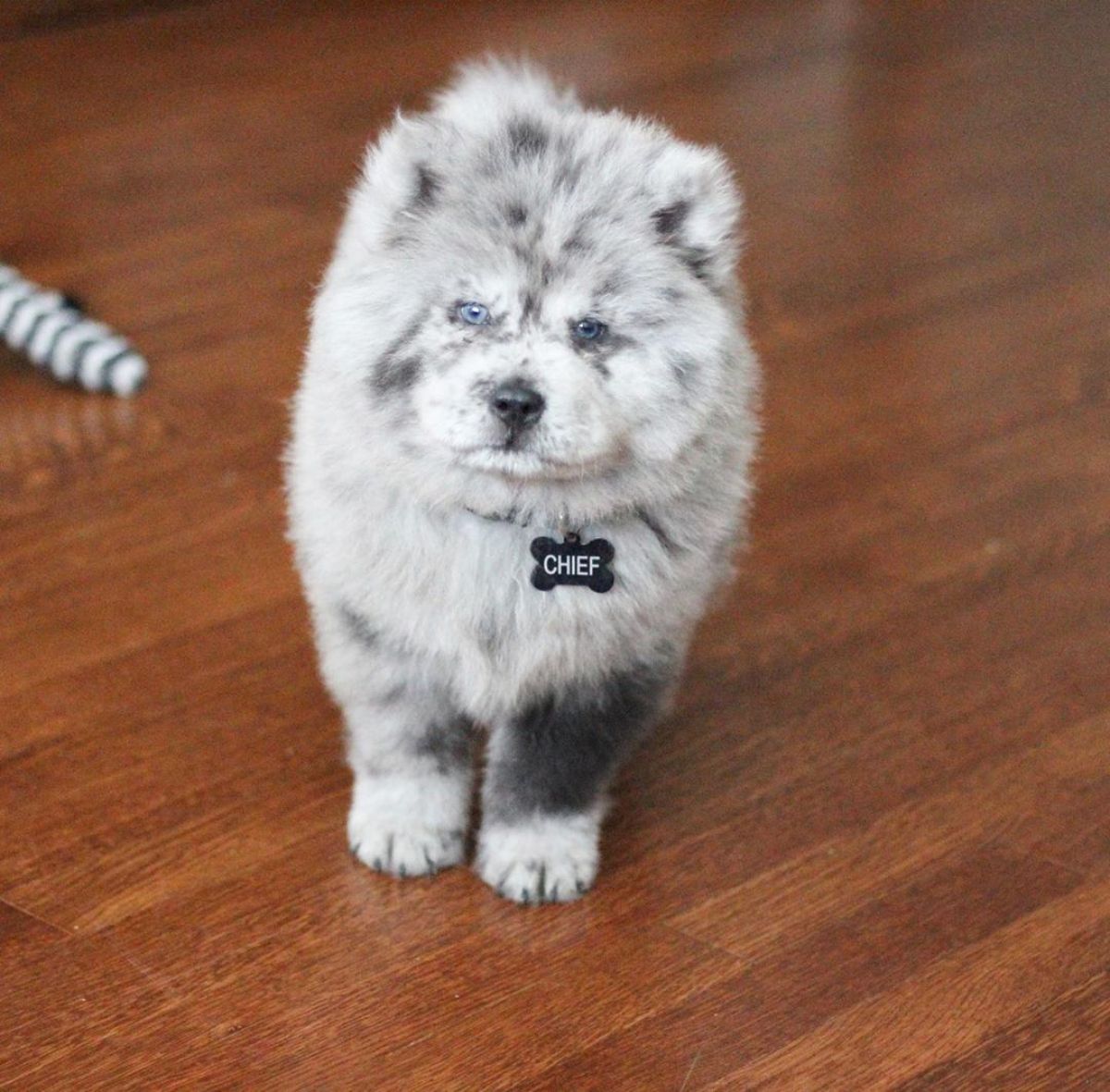
Sarah says that he is very clever and is very protective of his family, even sleeping at the front door every night to make sure his house and his family are safe. I’m sure his owners feel very secure in their home!
12. I guess he’s working from home too?

Chief is actually very intelligent and a quick learner. He was potty trained as young as 8 weeks.
13. Everyone needs a spa day now and then.
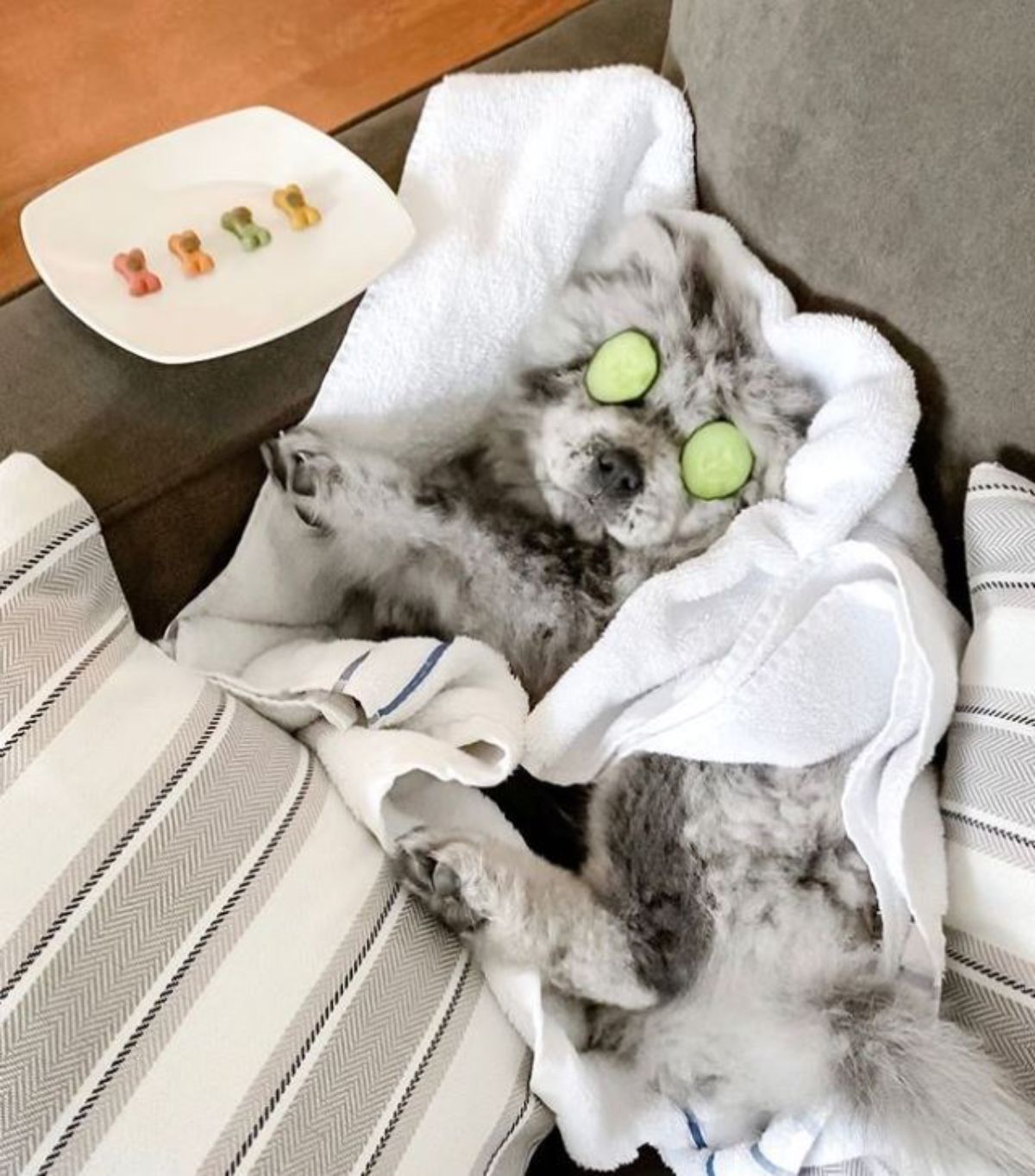
14. He’s definitely one of the cool kids!

15. Watermelons are one of his favourite snacks and he loves to munch on them. What a healthy and refreshing snack!
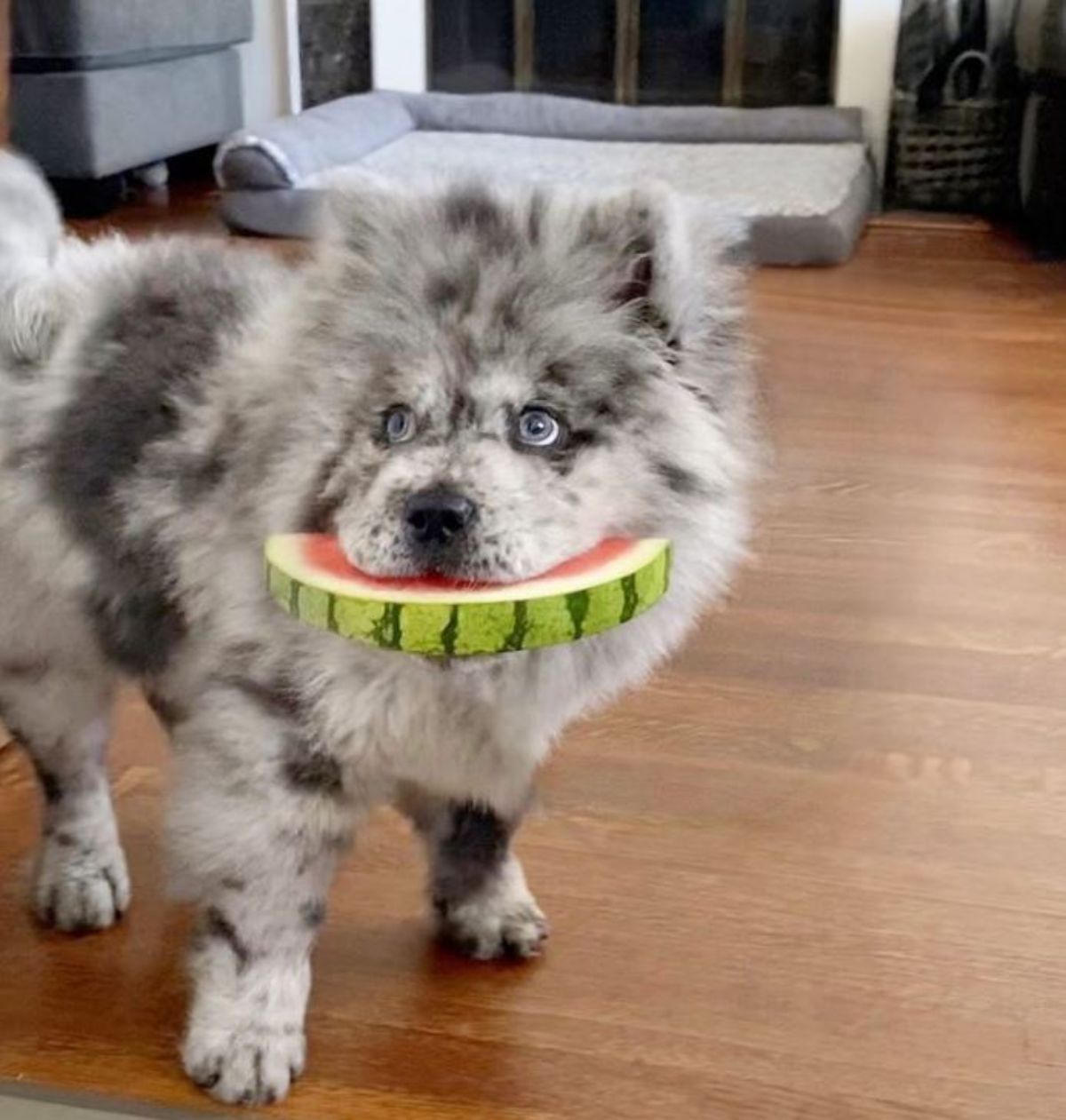
16. People love him so much they send him so many kisses and Sarah gave him a red-lipsticked-kiss on behalf of Chief’s entire fanbase!
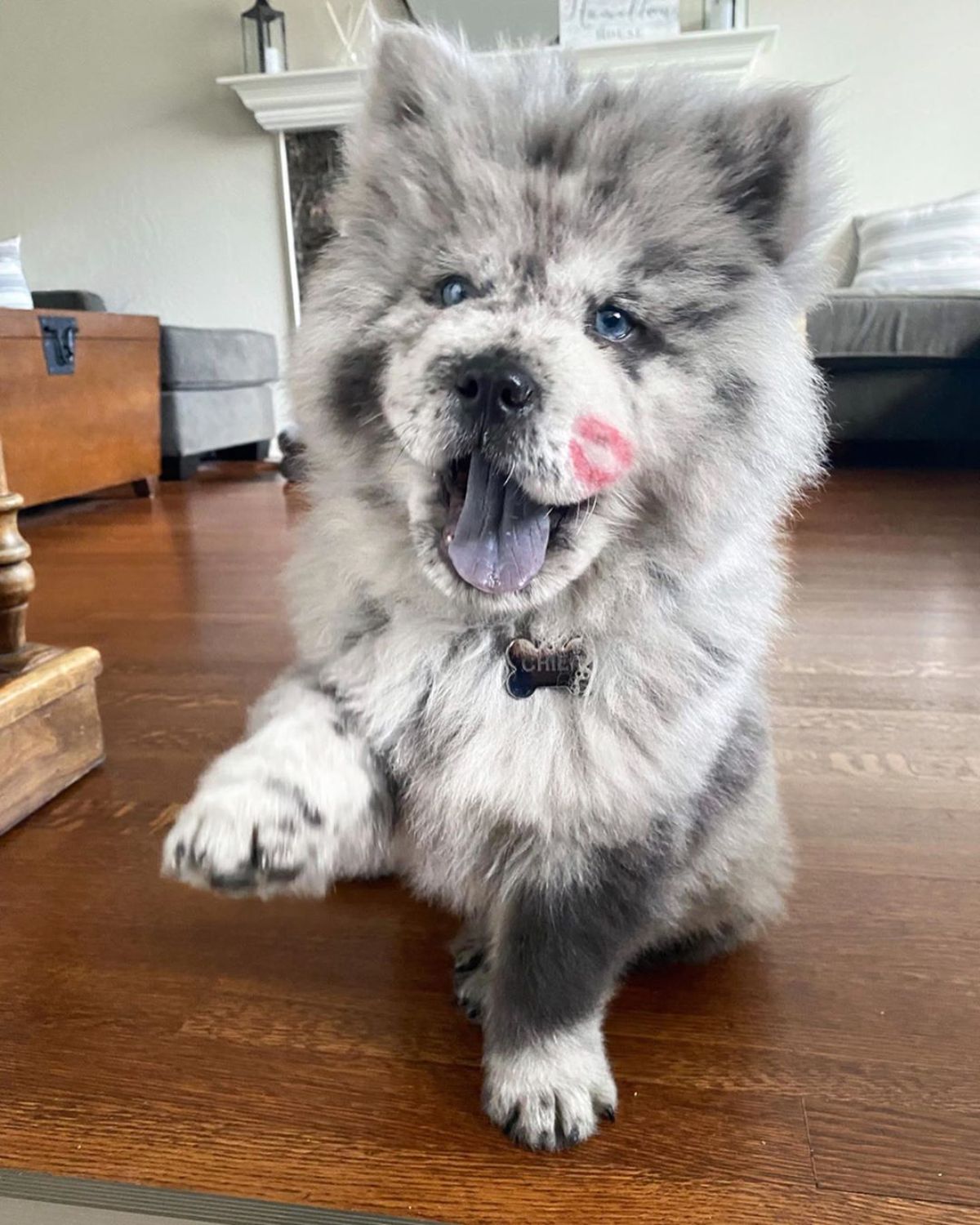
17. Chief knows how to enjoy the good things in life.
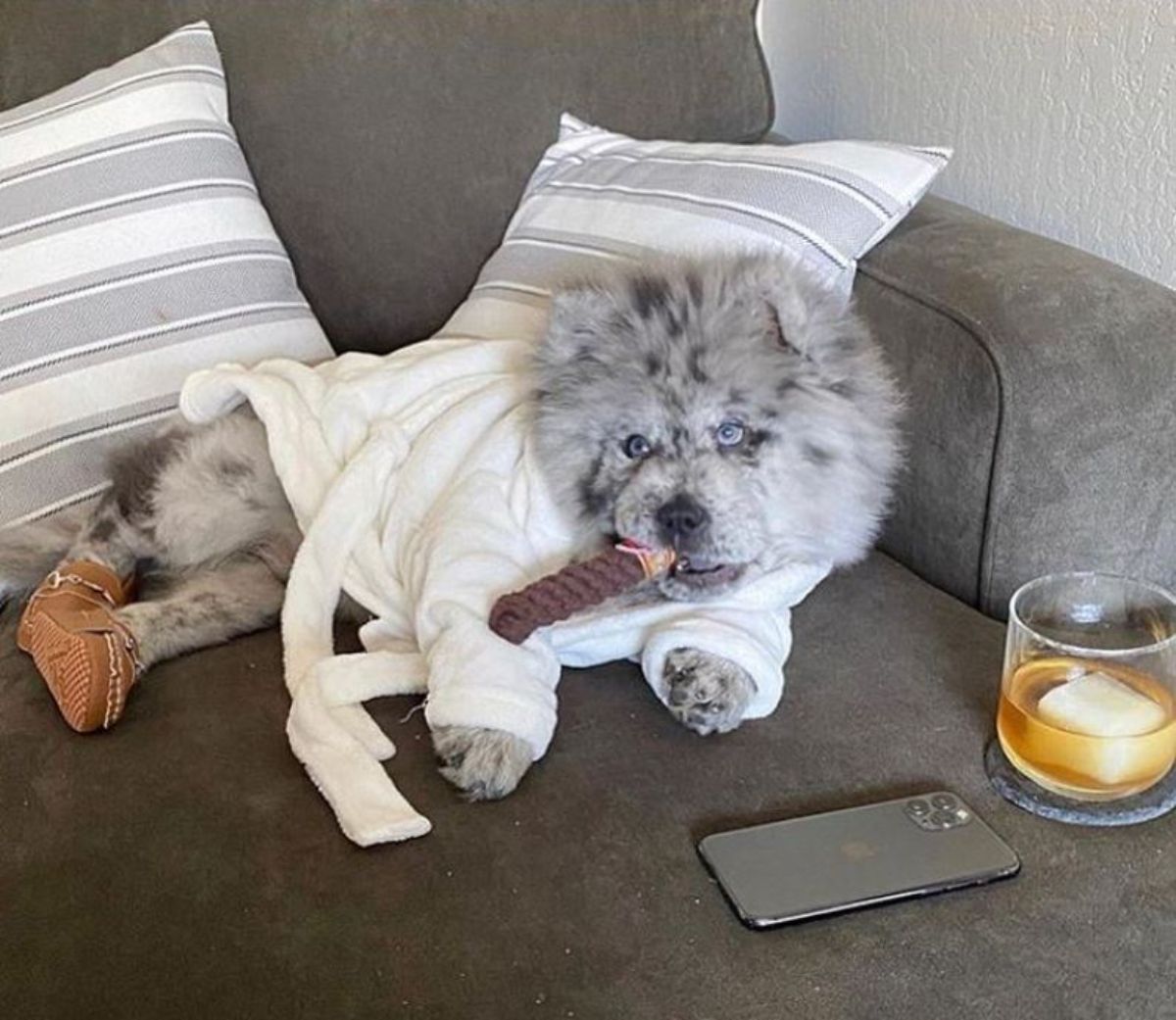
Sarah said that Chief really loves cuddling up with them for a nap! She said, “The first thing we noticed about him besides his cute spots is that he loves to cuddle and he will nap on you. He has the loudest snore out of everyone in the household.”
How cute is that??
18. He’s excited for Christmas! I’m sure he’ll get great gifts this time too.
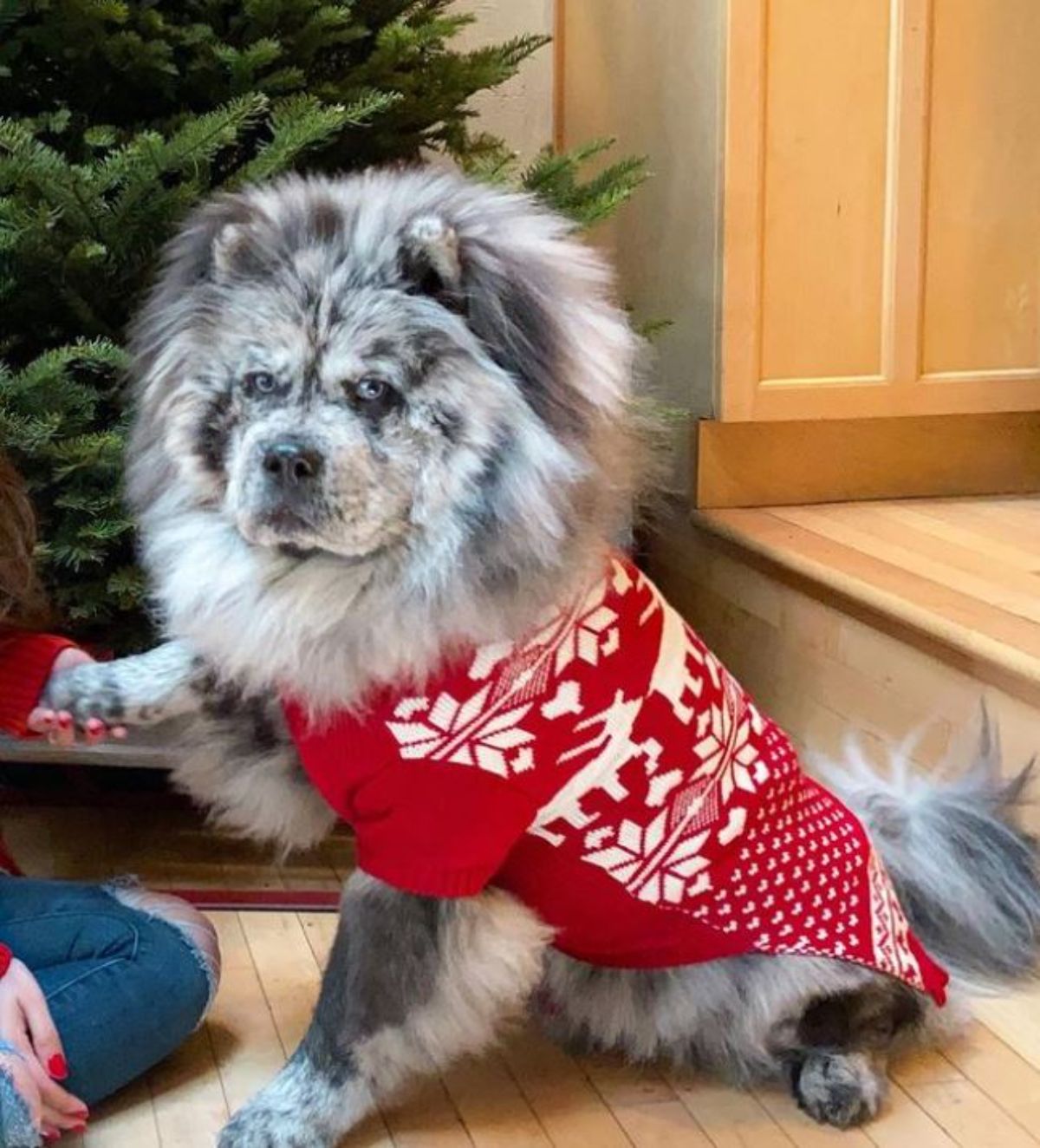
19. Is this a blep or a mlerm in progress? Either way, our verdict is: CUTE!
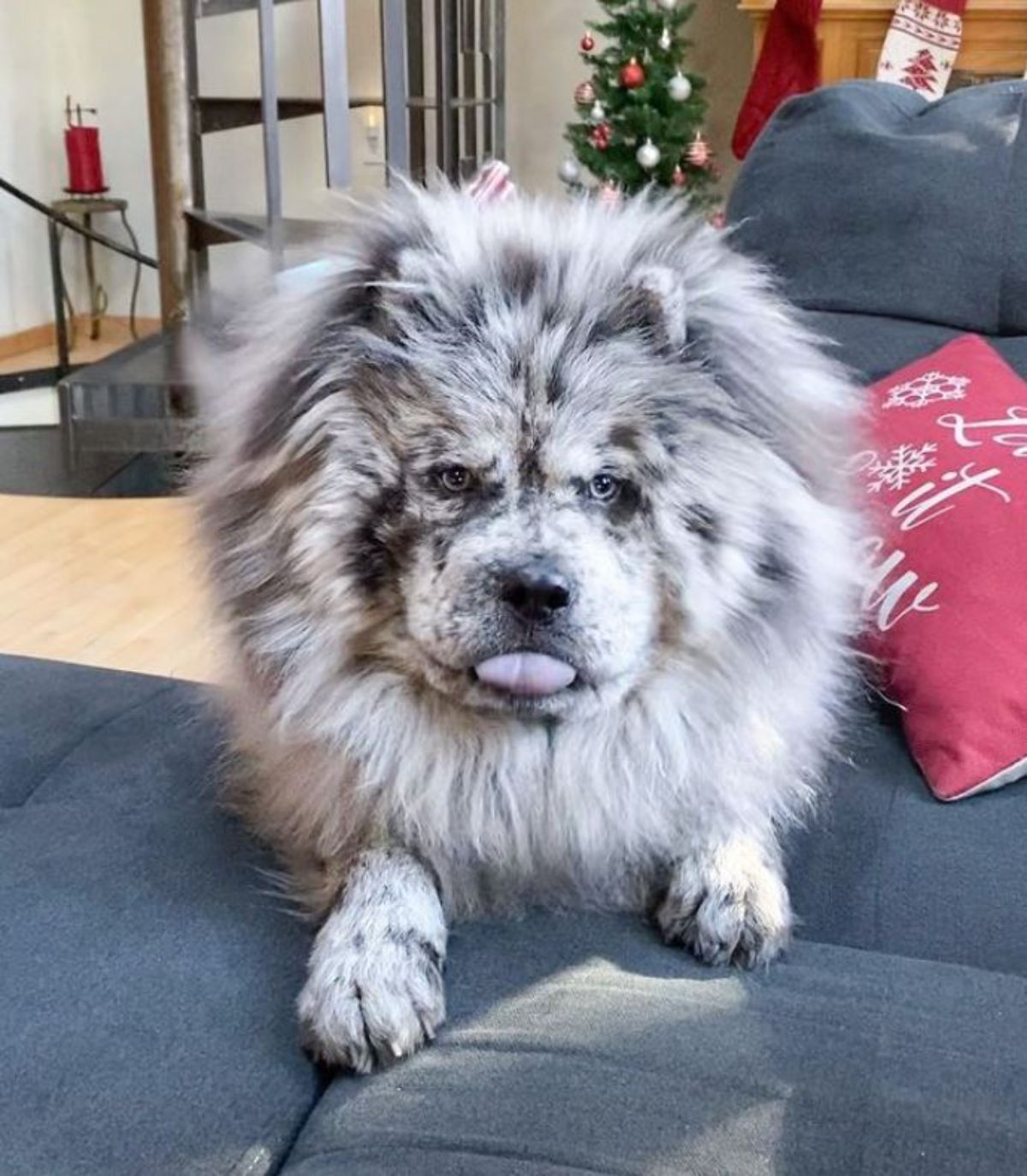
20. I guess “if I fits, I sits” isn’t just for cats!

Isn’t Chief the Oreo Cloud just the most adorable pup you’ve ever seen? Head on over to their Instagram account to get more of this cute and fluffy boy!
-----
10 Common Health Problems in Dogs
1. Arthritis
Arthritis is a common condition in older dogs that causes inflammation of the joints, leading to pain and stiffness, which can affect the dog's mobility. This condition can be managed through medication, physical therapy, and homeopathic remedies. Glucosamine is also effective in preventing and alleviating the symptoms of arthritis.
2. Obesity
Obesity is prevalent among dogs, with almost 60% of them either overweight or obese. Obesity increases the risk of certain types of cancer, arthritis, diabetes, heart disease, and hypertension. The best way to avoid and treat obesity is to provide a healthy diet and regular exercise. Consult your veterinarian before changing your dog's diet or exercise routine.
3. Dental Diseases
Dental disease in dogs is typically caused by an unclean mouth, and approximately 80% of dogs will have some signs of dental disease by the age of two. Gum disease is the most common type of dental disease, which can cause bacterial infections that may require surgical removal to prevent the infection from spreading to the jaw and skull. Regular dental care can prevent oral diseases.
4. Allergies
Skin allergies in dogs are more common than food allergies and are often manifested as atopic dermatitis. Allergies cannot be cured but can be managed with medication or a prescribed diet.
5. Skin Infections and Hot Spots
Skin infections and hot spots can occur when bacteria infect a wound, leading to redness, inflammation, itching, and irritation. Bathing your dog regularly and seeking veterinary care for wounds can help prevent infections.
6. Benign Tumors
Benign tumors are usually harmless fatty deposits or skin lumps that are unlikely to spread or cause significant harm. If you notice any lumps on your dog's skin, you should get them checked by a vet to determine the best options for treatment.
7. Parasites
Parasites can enter or attach to your dog's body when they eat something contaminated or come into contact with another animal that has the parasite. Internal parasites (heartworms), intestinal parasites (hookworms and ringworms), and external parasites (fleas and ticks) are common. Coccidia in puppies and Giardia in dogs are also frequently transmitted through contaminated water sources.
8. Ear Infections
Ear infections can be caused by several factors, including allergies, autoimmune disorders, wax buildup, and excessive cleaning. Signs of an ear infection include excessive scratching or shaking of the head, odor, dark discharges, and redness or swelling in the ear canal. Medicated cleansers, topical medication, and oral antibiotics can treat dog ear infections.
9. Urinary Tract Infections (UTI)
Urinary tract infections (UTIs) can cause discomfort, pain, frequent urination, or blood in the urine. UTIs could be a sign of a more severe issue like bladder stones or urinary blockage, and it is crucial to consult a veterinarian immediately.
10. Soft Tissue Injuries
Soft tissue injuries occur when a dog pulls a muscle, sprains a joint, or causes damage to the canine soft tissue. Rest, medication, and physical therapy are typically required to help dogs recover from soft tissue injuries.
In conclusion, as a responsible pet parent, educating yourself about the most common symptoms of a sick dog and ensuring access to a veterinarian are essential for your pet's wellbeing. Some health conditions can be hard to detect, and you should never wait until it's too late.



